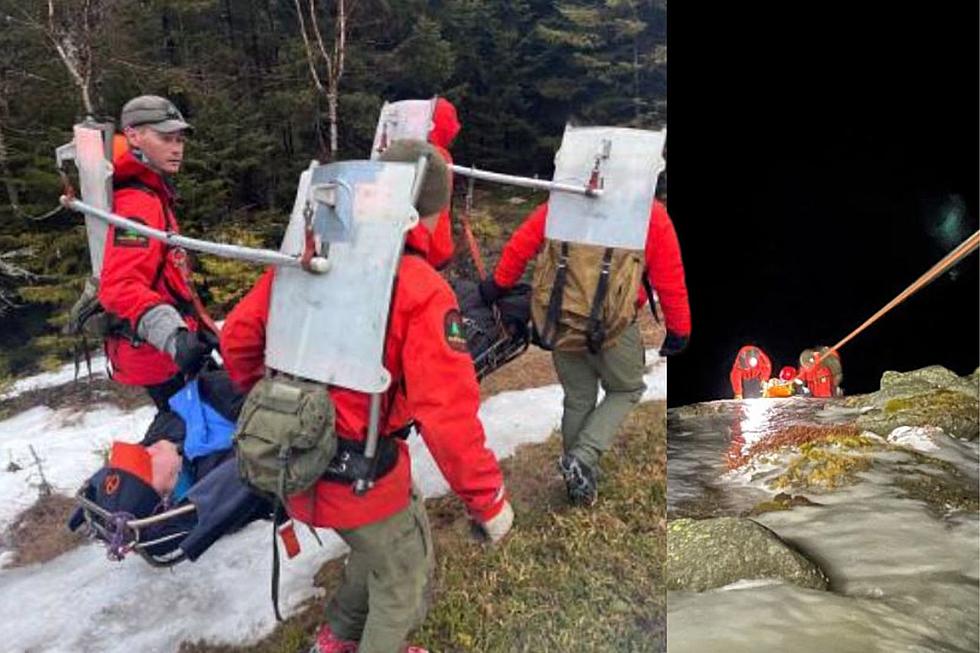
Good News for Winter Haters! Warm Temperatures Continue in New York
If you hate the cold temperatures and snow Old Man Winter brings every year in New York, here's some good news. The warmer weather will continue through January.
NOAA’s Climate Prediction Center is calling for a warmer-than-average month for the eastern U.S.
The January temperature outlook favors well above average temperatures across the central and eastern United States. The highest likelihood (50-60%) for above-average temperatures is across the Northeast and Mid-Atlantic.
The warm weather is being blamed on the lack of a major impact from climate patterns like La Niña, which is expected to weaken during the first part of the year.
Read More: New York Town Covered in Ice
Abnormally Dry January
The Western United States, Northern Plains, and parts of the Great Lakes regions will see a wetter-than-average month. But not near the lakes in New York where precipitation is expected to be abnormally dry for the remainder of January. Good news for those who dislike snow. Bad news for winter enthusiasts who enjoy skiing, snowmobiling, or just building a snowman.
Read More: Police Use Amazing Tank-Like Vehicle to Move Cars in Buffalo
It's also good news for the Watertown and Buffalo areas that have been hit by not one but two massive snowstorms already this winter.
The lack of snow and warmer temperatures have hindered progress in building the magical experience in Lake George, New York. Most of the ice and snow in December have already melted. Now with warm weather predicted for the rest of January, the opening date may have to be delayed until February.
Read More: Mother Nature May Delay Lake George Ice Castles
Magical LED-Lit Ice Castles Returns to Lake George For Cool Winter Walk Through
LOOK: The most expensive weather and climate disasters in recent decades
More From Big Frog 104









